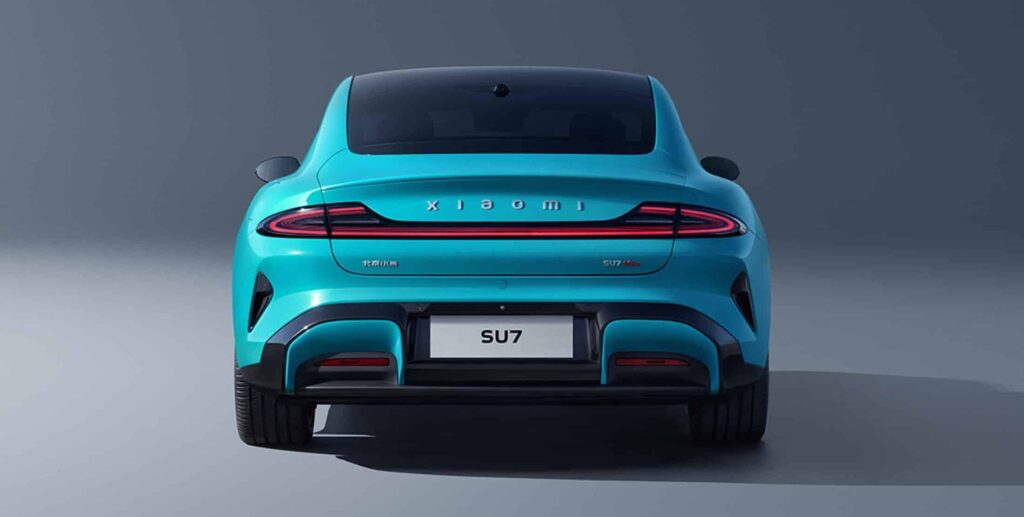- More than 75,000 orders have been placed for the SU7 in China.
- Xiaomi’s advanced EV factory has robots that transport components around the factory.
- The SU7’s driver assistance systems are configured to drive the vehicle off the assembly line autonomously.
When Chinese smartphone giant Xiaomi announced its plan to enter the electric vehicle business in 2021, many dismissed it as just another company with grandiose plans that would never see the light of day. Fast forward to 2024 and deliveries of the brand’s SU7 are already underway.
var adpushup = window.adpushup = window.adpushup || {que:[]}; adpushup.que.push(function() { if (adpushup.config.platform !== “DESKTOP”){ adpushup.triggerAd(“4d84e4c9-9937-4f84-82c0-c94544ee6f2a”); } else{ adpushup.triggerAd(” 6a782b01-facb-45f3-a88f-ddf1b1f97657″); } });
Xiaomi says it has received more than 75,000 orders for its battery-electric sedan and that meeting demand will require a state-of-the-art factory. This location is in Yizhuang, Beijing, and a new video released by the company shows how the factory can build an SU7 every 76 seconds.
Read: Xiaomi CEO says demand for its SU7 was much higher than expected
As a technology company, it’s no surprise that Xiaomi is relying heavily on automation to build its first electric vehicle. The process begins in the hypercasting area of the factory, where large parts of the SU7 are stamped quickly and efficiently. Robots are then tasked with assembling the SU7’s bodyshell and performing all welds and necessary adhesives. Additionally, robots are used to maneuver various parts around the factory, and advanced lasers are used to scan each part and ensure it is perfect.
window._taboola = window._taboola || []; _taboola.push({ mode: ‘thumbnails-a-mid’, container: ‘taboola-mid-article’, placement: ‘Mid Article’, target_type: ‘mix’ });
window._taboola = window._taboola || []; _taboola.push({ mode: ‘thumbnails-oc-2×1’, container: ‘taboola-mid-article-thumbnails-organic’, placement: ‘Mid Article Thumbnails Organic’, target_type: ‘mix’ });
Unsurprisingly, robots are also used to paint each SU7 that then passes through the production line. They are even tasked with polishing the exterior of the car. Robots also assemble the roof of the car and even assemble most of the chassis.
This video skips many important parts of the assembly process that we assume rely more heavily on factory workers. For example, the clip doesn’t show how the interior is assembled. When the SU7 is completed and tested, its automated driving systems will automatically drive it off the assembly line.
A big reason the SU7 is so popular in China is that it starts at the equivalent of $29,900, well below the locally made Tesla Model 3, although it is more generously equipped and has performance and luxury closer to a Porsche Taycan offers. Analysts estimate that Xiaomi loses about 68,000 yuan (about $9,400) on each SU7 sold.
var adpushup = window.adpushup = window.adpushup || {que:[]}; adpushup.que.push(function() { if (adpushup.config.platform !== “DESKTOP”){ adpushup.triggerAd(“5646c171-cb6e-4e2c-8440-49013ca72758″); } else{ adpushup.triggerAd(” e7c4c913-3924-4b2d-9279-6c00984dd130″); } });

